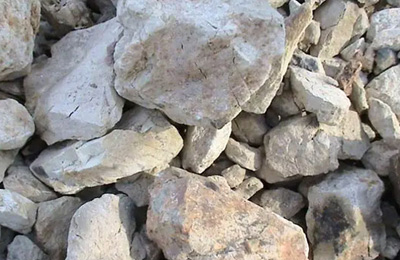Bauxite is a mineral that is used in the production of aluminum. It is found in abundance in many countries, including Australia, Guinea, Brazil, Jamaica, and India. Bauxite is a sedimentary rock that contains high amounts of aluminum oxide (Al2O3) and other minerals, such as iron oxides and silica. The mining and processing of bauxite involve crushing, grinding, and chemical reactions.

Crushing:
The first step in processing bauxite is crushing it. This is usually done using a jaw crusher, which uses a series of vertically-oriented jaws to break the bauxite into smaller pieces. The crushing process can also be accomplished using a cone crusher or impact crusher. The goal of crushing is to reduce the size of the bauxite to a level that can be further processed.
Grinding:
After the crushing process, the bauxite is transported to a grinding mill where it is ground into a fine powder. This powder is then sent to a refinery where it is further processed into aluminum oxide (alumina) using the Bayer process. The grinding process is critical in producing a fine powder that allows for maximum extraction of aluminum oxide. Grinding also increases the surface area of the bauxite, which helps to expose more aluminum oxide particles to the caustic soda solution used in the Bayer process.
Processing:
Once the bauxite has been crushed and ground, it needs to be processed to extract the aluminum. The next step in the process involves processing the ground bauxite powder into alumina, which is the primary raw material used to produce aluminum. This is done using the Bayer Process, which involves dissolving the alumina in a caustic soda solution at high temperatures and pressures. The alumina is then separated from the solution using a series of settling tanks, where the particles are allowed to settle out and the clear liquid is removed.The alumina is then subjected to a series of further processing steps, including calcination and smelting, in order to produce aluminum.
In conclusion, the process of extracting aluminum from bauxite involves a series of complex steps, including crushing, grinding, and processing. Each of these steps is critical in ensuring that the final product is of the highest quality and meets the stringent requirements of the aluminum industry. While the process is highly energy-intensive and requires a significant amount of resources, the end result is a versatile and valuable material that is used in a wide range of applications, from construction and transportation to packaging and consumer goods.
